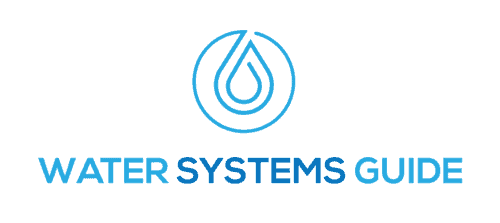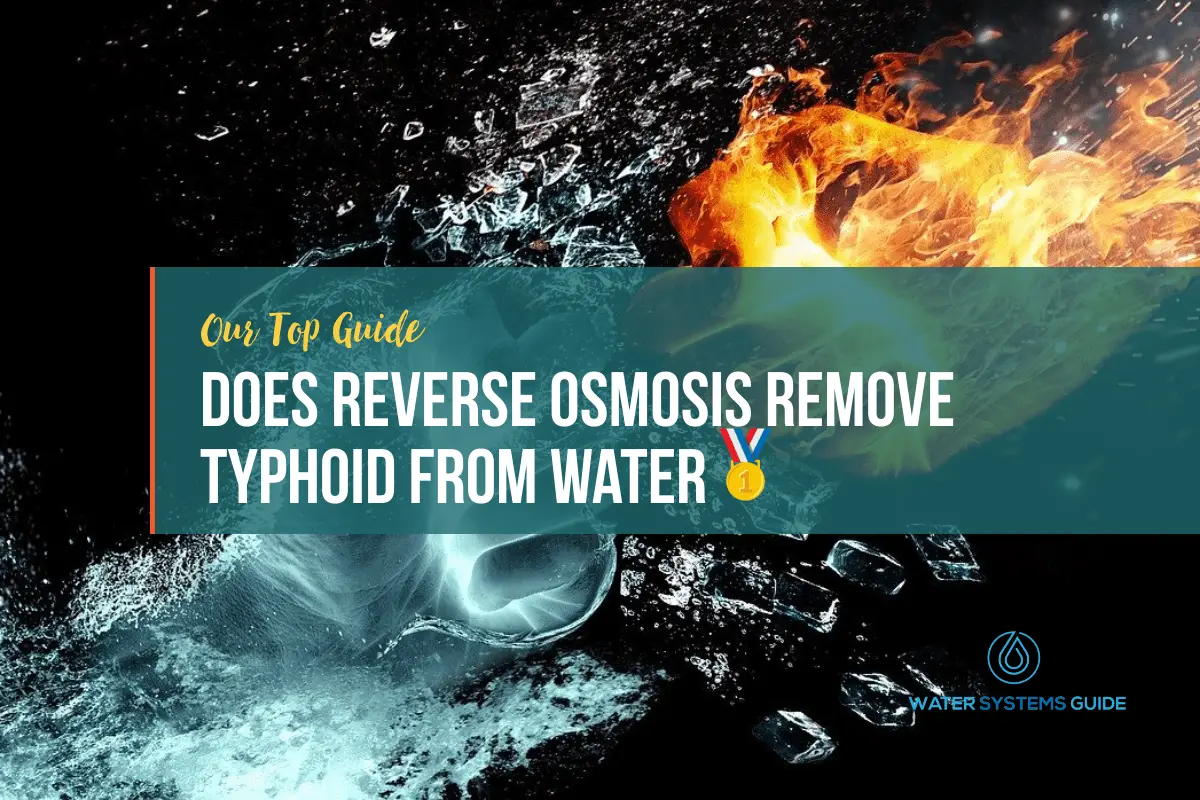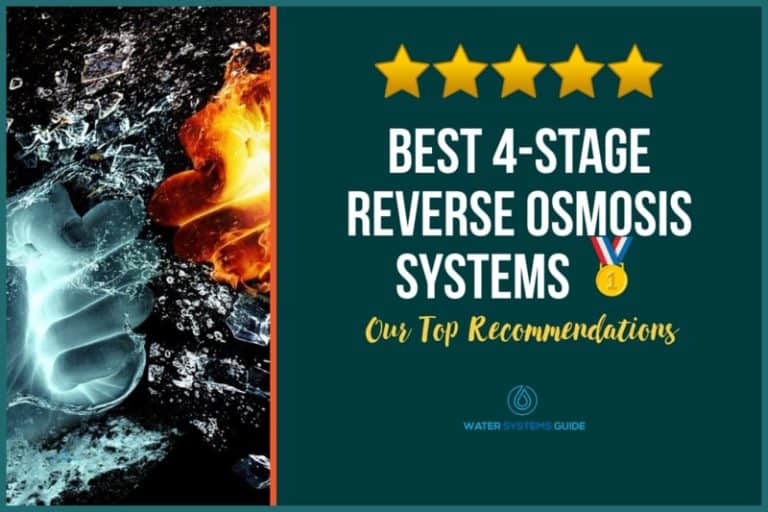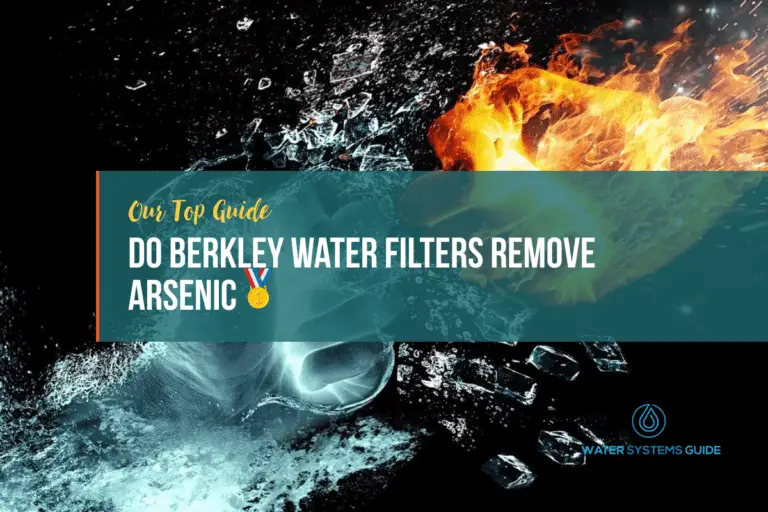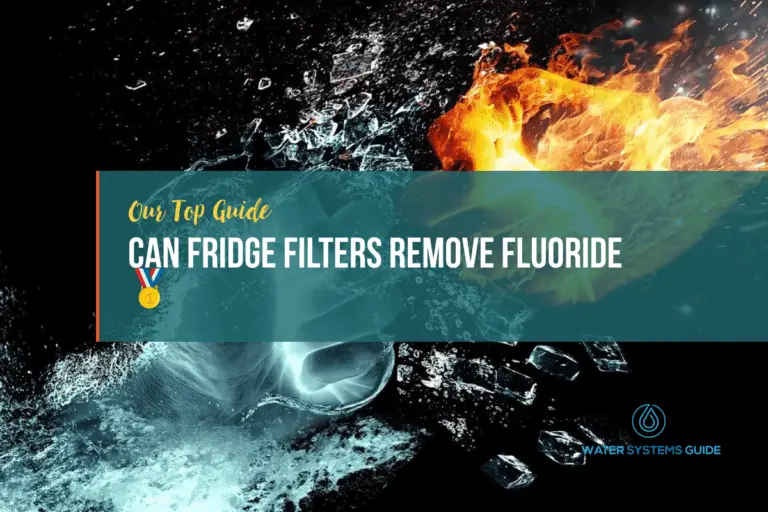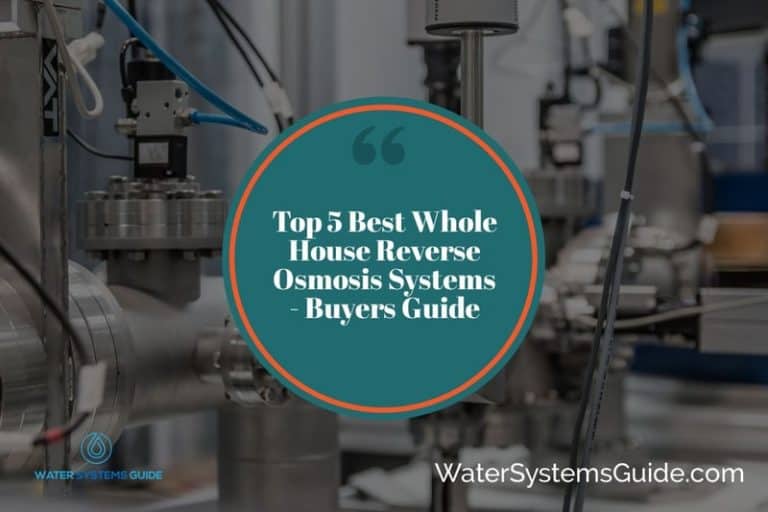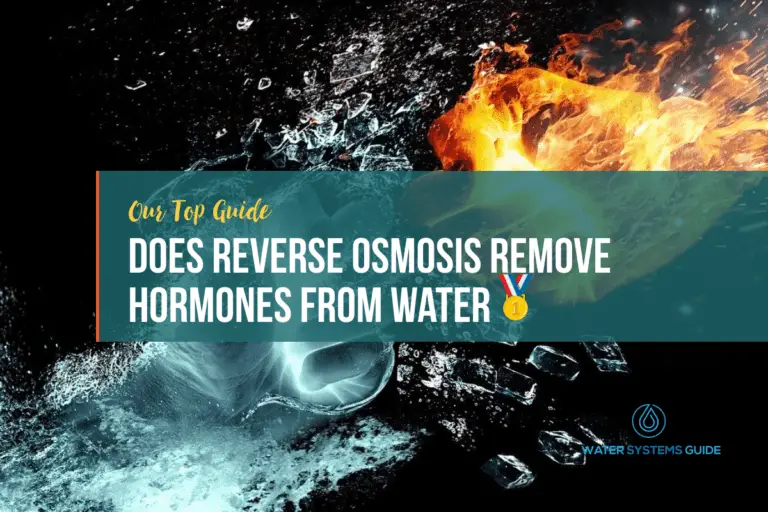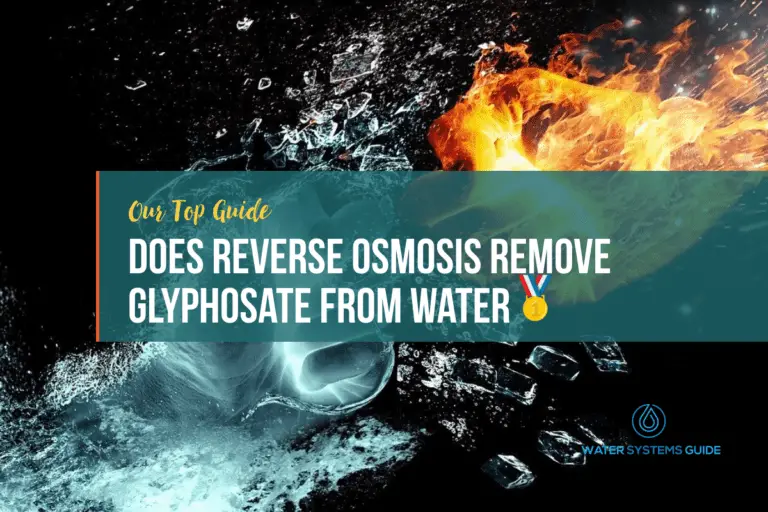Does Reverse Osmosis Remove Typhoid From Drinking Water
In this article, we’re going to be discussing whether reverse osmosis is effective at removing typhoid from water.
What Exactly Is Typhoid
Typhoid is a potentially fatal bacterial infection that is most commonly spread through contaminated food or water.
Symptoms of typhoid fever include high fever, weakness, nausea, abdominal pain, and diarrhea. If left untreated, typhoid can lead to serious complications and even death. Early diagnosis and treatment is essential for a full recovery.
How Does Typhoid Get Into Our Water Supplies?
There are a few ways that typhoid can get into our water supplies:
One way is if there is a sewage leak and the water becomes contaminated.
Another way is if someone with the disease doesn’t wash their hands properly and then contaminates the water when they turn on the tap.
It can also happen if someone with typhoid doesn’t cook their food properly and then contaminates the utensils, which can then contaminate the water when someone else washes them.
Does RO Remove Typhoid from Drinking Water?
RO, or reverse osmosis, is a water filtration method that is said to remove typhoid from drinking water. While RO may remove some contaminants from water, it is not a guaranteed method of removing all bacteria and viruses, and this would depend on the type/quality and specification of the filters used.
Typhoid is a serious infection caused by the bacteria Salmonella enterica, and can be deadly if left untreated. Therefore, it’s recommended to speak to a particular RO system manufacturer to discuss whether their filters have been tested to remove typhoid.
How to test your water supply for typhoid
To test your water supply for typhoid, you will need to collect a water sample and send it to a laboratory for analysis.
Alternatively, you can hire a professional, who will take care of the entire process, as well as advise you about whether water treatment is necessary.
What else does reverse osmosis remove from water?
Alternative Methods Of Removing Typhoid From Water
There may be a few alternative methods of removing typhoid from water, but further scientific study/evidence here is needed.
One is to use a UV light to kill the bacteria. Another is to use a filter to remove it from the water (such as an RO filter). Finally, one can boil the water to kill bacteria.
Conclusion
